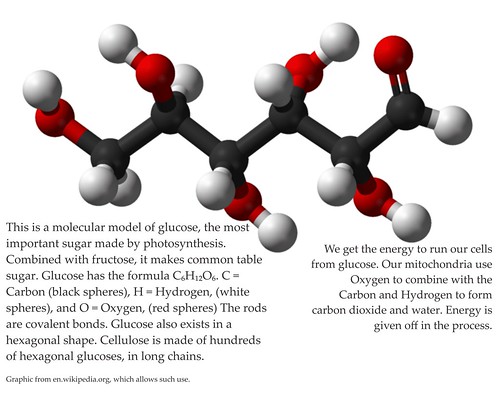
Musings on science, the Bible, and fantastic literature (and sometimes basketball and other stuff).
God speaks to us through the Bible and the findings of science, and we should listen to both types of revelation.
The title is from Psalm 84:11.
The Wikipedia is usually a pretty good reference. I mostly use the World English Bible (WEB), because it is public domain. I am grateful.
License
I have written an e-book, Does the Bible Really Say That?, which is free to anyone. To download that book, in several formats, go here.

The posts in this blog are licensed under a Creative Commons Attribution-NonCommercial-ShareAlike 3.0 Unported License. You can copy and use this material, as long as you aren't making money from it. If you give me credit, thanks. If not, OK.
The posts in this blog are licensed under a Creative Commons Attribution-NonCommercial-ShareAlike 3.0 Unported License. You can copy and use this material, as long as you aren't making money from it. If you give me credit, thanks. If not, OK.
Saturday, December 06, 2014
I'm thankful for Glucose! You should be, too.
I'm thankful for glucose. Why? It's the most important product of photosynthesis. In other words, all food comes from glucose, somehow. If you are hospitalized, and need to be given nutrition intravenously, you'll get glucose. That makes sense, because glucose is the main source of energy in our cells. It's absolutely important.
The figure above shows a molecule of glucose in one configuration, a chain of six Carbon atoms. There is another configuration, namely hexagonal. In this picture, you can see a chain of these hexagons, each made of 5 Carbon molecules and 1 Oxygen molecule, with other atoms, including 1 Carbon, attached to the central hexagon. That picture is of a molecular model of cellulose, which is a critical component of the structure of plants. That's another reason why glucose is important, besides its use as an energy source.
Common table sugar is made of a molecule of glucose and a molecule of fructose, which is quite similar to glucose, but not identical to it.
Sugar substitutes, or artificial sweeteners, contain a hexagon much like that in glucose. Presumably, the sweetness receptors in our tongues are stimulated by molecules closely resembling glucose in shape, that fit into the sweetness receptors.
Plants store chemical energy (food) as starch, which is made up of many glucose molecules. When we eat starchy foods, we break up the starch, into glucose. One enzyme that does that is amylase, which is secreted in our saliva. If you keep a starchy food, such as a soda cracker or a piece of raw potato, in your mouth, and keep chewing it, you will experience a sweet taste. That taste comes from glucose. Animals store glucose as glycogen.
The Wikipedia says: "It is unclear why glucose, as opposed to other hexose sugars, is so widely used in living organism." So far, anyway. It's not unclear to the Creator, who planned for a carbohydrate, made from Carbon, Hydrogen and Oxygen, with the formula C6H1206, and the shape of a hexagon, to be so important to us. I can't prove that, but no one can disprove it, either.
This is the last in a series, expressing gratitude for a few molecules or elements that are crucial for life on earth. This one is posted between Thanksgiving and Christmas, which is an appropriate time for posting about sugar.
Labels:
carbohydrate,
food,
glucose,
gratitude,
photosynthesis,
sugar,
sweet,
sweeteners,
thankfulness,
Thanks,
Thanksgiving
Subscribe to:
Post Comments (Atom)

No comments:
Post a Comment